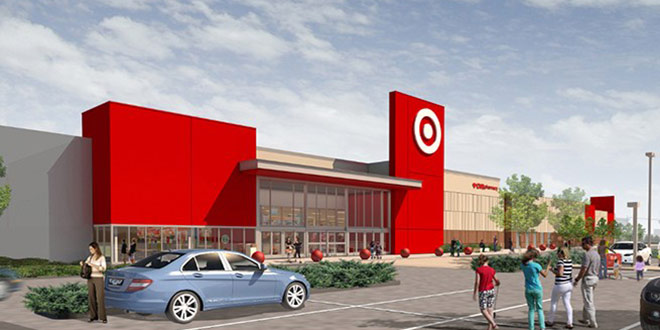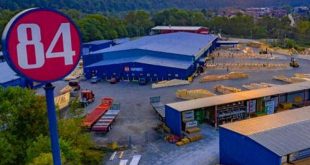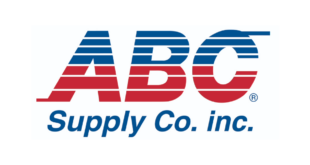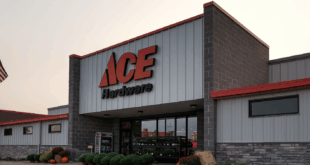Target recently announced that it will continue to expand its small-format stores into urban areas and college towns.
During company’s third-quarter sales conference call last week, CEO Brian Cornell says he is “increasingly confident” that the big-box retailer will open “hundreds” of flexible format stores over the course of the next several years.
Target opened its first flexible format store in July 2014 with a 20,000-square-foot location in Minneapolis. The location covers about 15 percent of the footprint of a traditional Target. However, it features a pharmacy, online order pickup and grocery.
“This is an exciting opportunity to test and learn as we continue exploring new ways to meet our guests’ needs and exceed their expectations,” says John Griffith, executive vice president of property development. “Our focus is on ensuring the Target shopping experience is available when, where and how guests want it.”
Urban areas and college towns are the retailer’s focus for the flexible format stores. These areas allow the company to better tailor its product offerings, services and layout to the local community. Of the 25 stores Target has announced it will be opening through 2019, 14 of them will be less than 30,000 square feet. Standard Target stores are 125,000 square feet on average.
Target reported a 0.2 percent decline in comparable sales year-over-year for the third quarter (when removing pharmacy and clinic sales). However, digital channel comparable sales grew 26 percent. As a result, the company projected its fourth-quarter comparable sales to grow between minus 1.0 percent and 1.0 percent.
Earlier this year, Walmart announced its intentions to close all of its small-format Walmart Express locations. This was part of the first mass store closure in the company’s history. Walmart Express debuted in 2011.
 Hardware Retailing The Industry's Source for Insights and Information
Hardware Retailing The Industry's Source for Insights and Information






